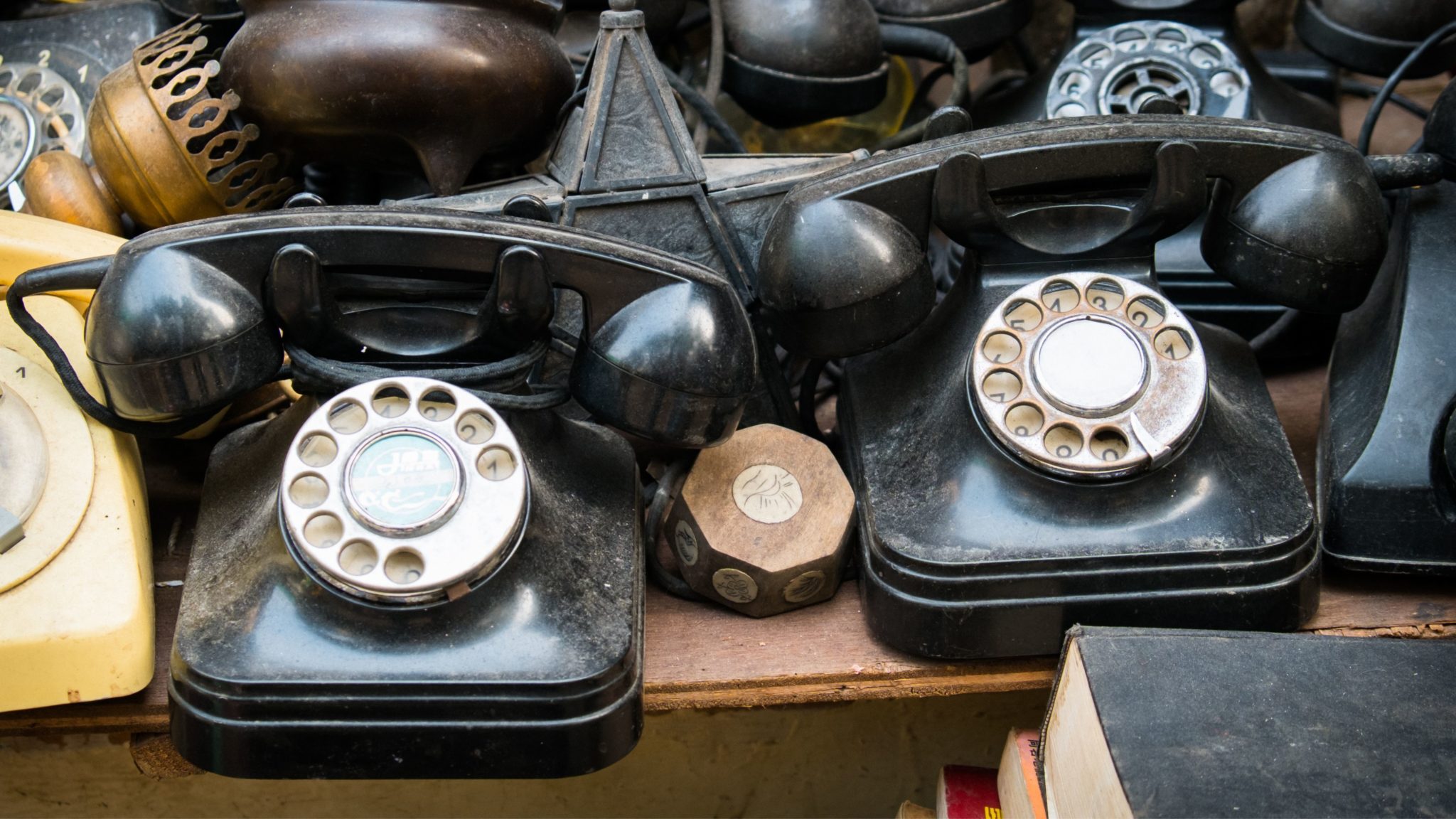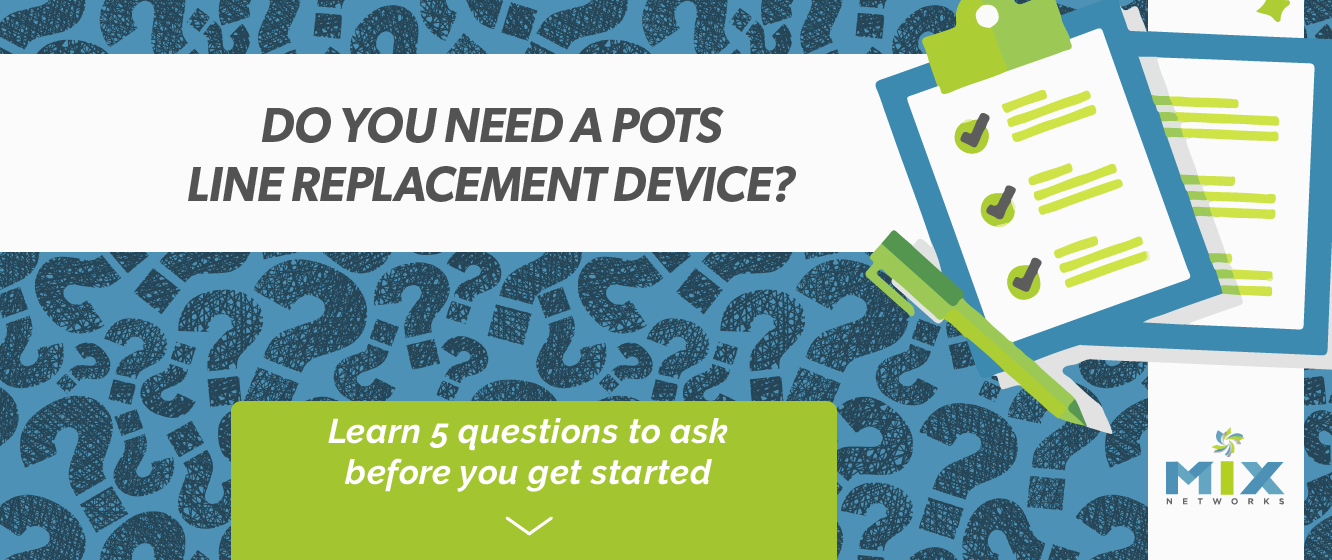The time has come. POTS lines, or the copper wires of the traditional telephone infrastructure, are disintegrating after serving the network for decades and connecting families and businesses for centuries. The degradation is so severe that it has become too costly to repair and since fiber and cable lines have already been widely installed it made more sense for the telecom providers to migrate the copper traffic to the faster, digital lines.
This is great, right? Progress, growth, better technology. But with growth comes challenge, and for this transition to digital that challenge is the wide array of devices that still rely on analog technology, and even, some dare say, work better. Things such as security alarm systems, elevator safety phones, and even older PBX solutions still work perfectly well and meet your business needs, but once the analog lines are put to rest they will no longer function.
The Price We Pay for Growth
The majority of us probably don’t wonder how our technology works. We just know that it does. We need to make a phone call, we pick up the phone and dial the number and by some miracle the sound is delivered to the recipient wherever they roam. Protect our business by turning on the alarm on our way out the door, resting in the knowledge that some magical signal/pulse goes from our business to the monitoring center. Let a visitor in the security gate by the push of a button.
Many of these signals have traditionally been sent over the extensive network of copper wires that have been consistently installed across the world over the last century. It’s strange to think that this technology that is such a big part of our lives now is so young in terms of human history, but it is. And now, communications technology is undergoing an evolution as we close one door and open a new one. But what devices will be affected by the evolution of POTS landlines?
- Security & fire alarms, entry alarms, and remote gate access controls.
- Elevator, taxi, and paging auto-dial support as well as emergency communications for elevators
- Analog devices such as telephones, fax machines, and analog modems
- Point-of-Sale systems
- M2M devices
- SCADA (Supervisory control and data acquisition) Support devices
As you can see, POTS lines cover a wider variety of our technology than it seems at the surface, and depending on your business, can have a larger impact than simply replacing a few phones.
What’s a Business To Do About POTS Lines?
It is not a matter of if your POTS lines will phase out…but when. Some of our partners have already received notice from their POTS service provider of what their last date of POTS service will be, some as recently as this past July of 2021. And the amount of notifications is only going to increase. The best thing you can do is to start making a plan now, so you aren’t caught off guard with a short notice cut-off date. If you want to know how you could overcome this challenge with the least disruption to your current business infrastructure, we invite you to read the following:
Solutions for POTS Line Replacement
Reasons to Replace your POTS Lines Now










One thought on “POTS Lines Are Out. Now What?”
I’m interested in learning more about the POTS in a box solution.